The Balvenie doubles down on socially conscious consumer
In the spirit of collaboration, 130-year-old brand The Balvenie has shaken up its marketing spend by taking a shot at whole new strategy.
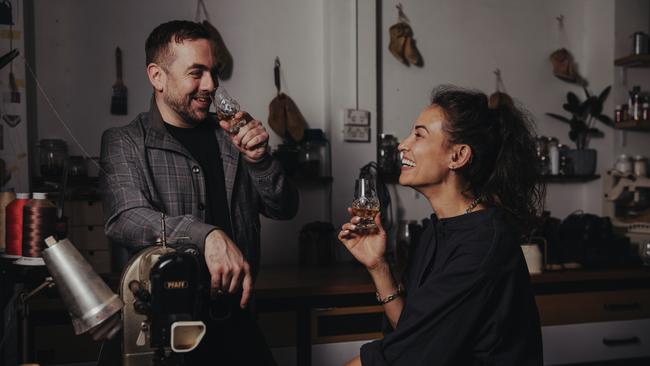
Marketers mustn’t let fear dampen creative pursuits and must beware jumping into shallow partnerships that lack authenticity.
With an increase in marketing spend on the books for 2022, Scottish whisky giant The Balvenie didn’t simply dive straight into mass market-reaching TV ads or ramp up its performance marketing efforts, but instead carefully selected five unique craftspeople in Australia to launch branded products with.
The idea was that the tailored skills of the people would champion the intrinsic values and processes of making, something that the single malt tipple also prides itself on when it comes to creating its whisky.
‘People need more than a brand name especially in the luxury market’
The products launched exclusively via men’s lifestyle publication Man of Many in a five-part poignant shoppable video series which shows each unrelenting pursuit of the individual craft.
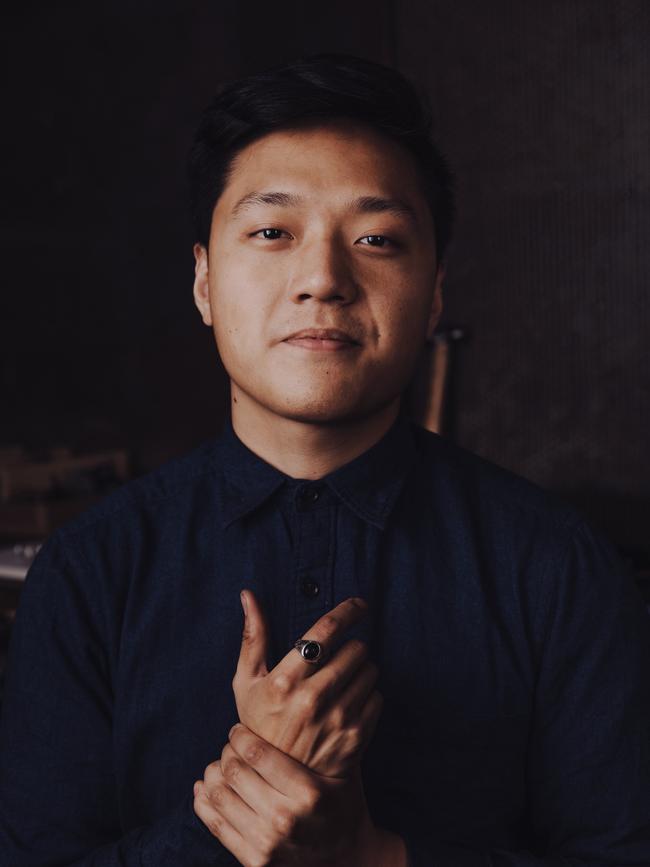
From a suit maker to a ceramist who created a lamp featuring a copper pole in reference to the traditional copper stills used by the Scottish distillery and a jewellery designer who used the national gem of Scotland and subtle barley leaf details on items, The Balvenie connection is clear but not intrusive.
The videos strive to connect to new people and industries while showing the brand’s values and that they can be shared outside of whisky.
With many of the products now sold out, marketer and The Balvenie Scotch whisky ambassador Ross Blainey, said the initiative aims to unpack the uniquely human elements that “elevate the great to the exceptional”
“People need more than a brand name especially in the luxury market,” Mr Blainey said.
“Name, taste, look or price isn‘t enough, people buy with conscience and want to share values with the brand they buy. If people want to feel connected to a brand you need to give them something to connect to.”
Other makers include bespoke shoemaker Atelier Stefani who made a limited run of sustainably sourced boots inspired by The Balvenie, featuring leather engravings such as a barley stalk hidden on the inner shoe, and a quote from a poem written by Robbie Gormley, who was The Balvenie’s maltman for over 45 years.
In a nod to his own Scottish heritage, the instrument-maker at T-Guitars also designed custom guitars with subtle references to the distiller. A never-before-attempted finish that speaks to the brand’s unique maturation and cask-finishing process was also launched.
Mr Blainey, who describes the uptake as “incredible”, with items such as rings selling out in a week, the $1500 each lamps flying off e-shelves, a guitar being sold and enough interest in the boots that it’s in talks with its global headquarters about a wider rollout, as well as using them in its flagship stores in Taiwan, said the success is down to the 50/50 collaboration.
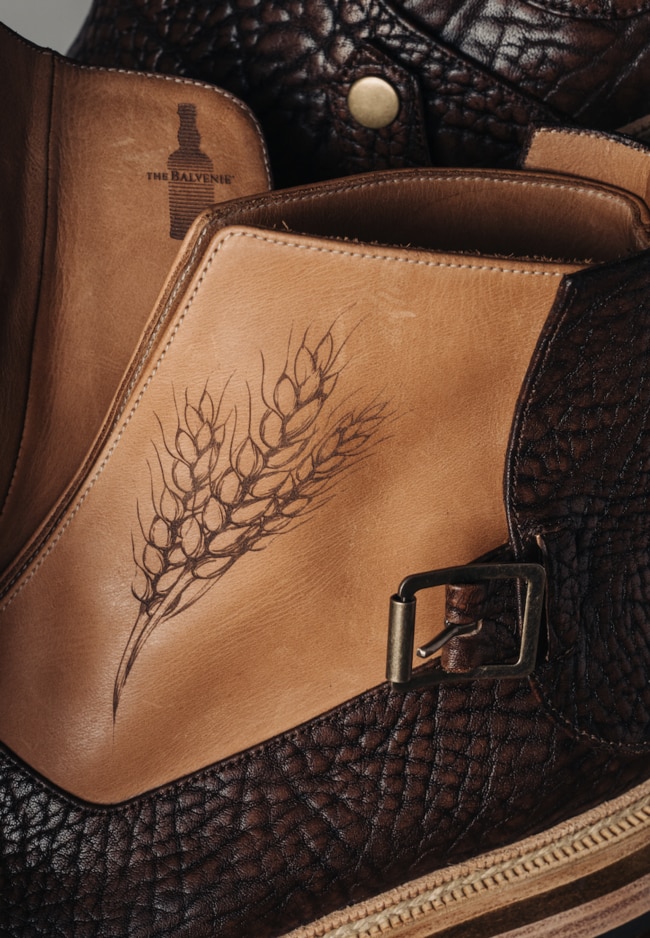
Through Mr Blainey’s role as an ambassador, which focuses heavily on “cultural marketing” aspects of the brand, creating and growing cultural partnerships and collaborations as well as coming up with the creative that can become brand strategy, he was able to create The Makers project.
“I‘ve a long relationship with most of our craftspeople which is what helps create a genuine collaboration,” Mr Blainey explained. “Sometimes brands will just jump into a collaboration and stick a logo on it but that does not truly reflect both parties – you should be able to see both brands’ personalities for it to be a true collaboration.”
From luxury fashion house Balenciaga’s collection with The Simpsons characters, to Italian-home appliance manufacturer SMEG’s tie up with American clothing brand Supreme, an increasing splattering of brand collaborations have steadily been hitting the market. He said the ones that cut through and truly show both brands equally, such as the two aforementioned, are the ones that will win with consumers.
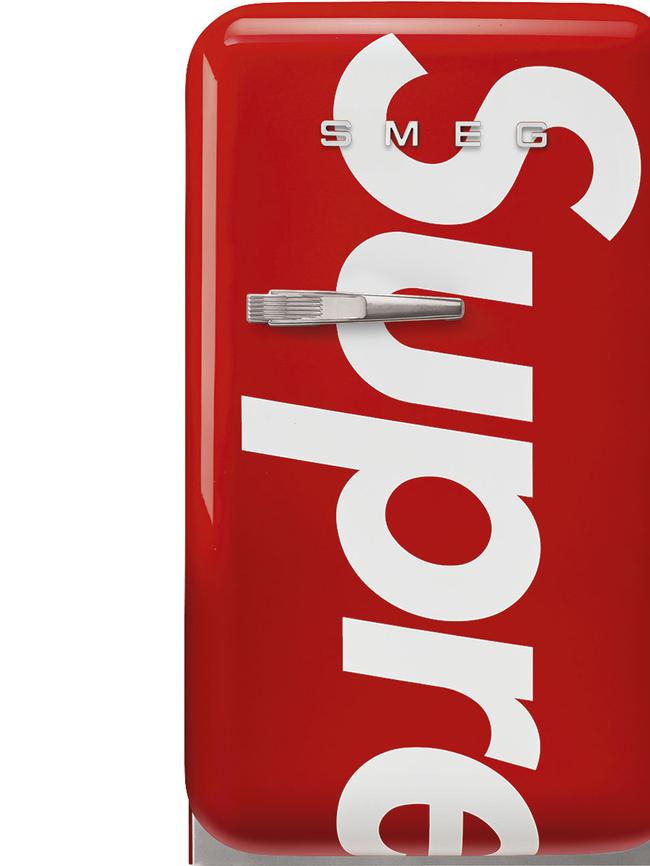
Mr Blainey, who said decisions in the 1960s and 70s to market to men in such a big way has left a lasting stigma that pigeonholed the beverage as an older man’s drink, believes that has been one of the hardest stigmas to get away from.
“Whisky doesn‘t have a gender. It’s not a men’s drink. It never was supposed to be from the start hundreds of years ago, but across the board there is a big focus on changing that, drawing in more young people, more women and anyone else that might have felt left out of the category,” he said.
He adds that while many of the big companies are making efforts to be more inclusive, there is still a way to go.
The Sydney-based exec said creativity is core to the brand and him personally and while commercial outcomes overall must be successful in showing results, there needs to be leeway for some things that don’t work and room for error.
“You can‘t be fully creative if you’re scared stiff of failure,” he said.
In the last year Mr Blainey said the Scotch whisky category has grown four per cent, the single malt category has grown 12 per cent and The Balvenie brand share has grown 14 per cent, putting it ahead of the category.
While the 130-year-old Balvenie, and many other single malt whisky makers are struggling to keep up with the demand for the drink globally, due to luxury goods boom and rise in luxury whisky collecting said Mr Blainey, luckily, when planning what was to come for 2022, it earmarked more than in 2021.
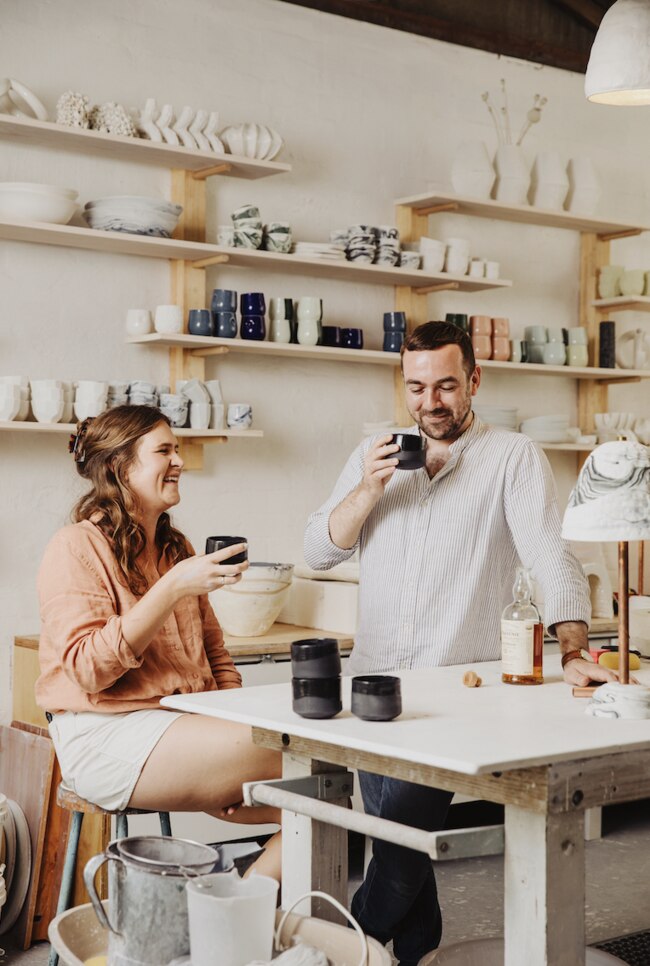
Owned by independent family-owned Scottish company William Grant & Sons Ltd, which dates back to 1887 and owns brands such as Glenfiddich, Hendrick’s Gin, Monkey Shoulder, Sailor Jerry, and Drambuie, the youngest Balvenie is 12 years old which means forecasting sales can at its shortest is 12 years ahead.
“Planning 12 years in advance for what we are going to sell is a problem many whisky distilleries face, but we’re in a better position this year with our supply – which is another reason we wanted to increase marketing efforts by launching The Makers series,” he said.
“Our job isn’t just about looking after the brands now, it’s about setting them up for the next 50 years which is why everything we do is based around long term growth and returns,” he added.
“Yes, this can make it a little harder in measuring, but we know we‘re doing the right thing and getting the right message out which will gradually build on people’s understanding of not just what The Balvenie is, but what our values are and what we stand for.”







